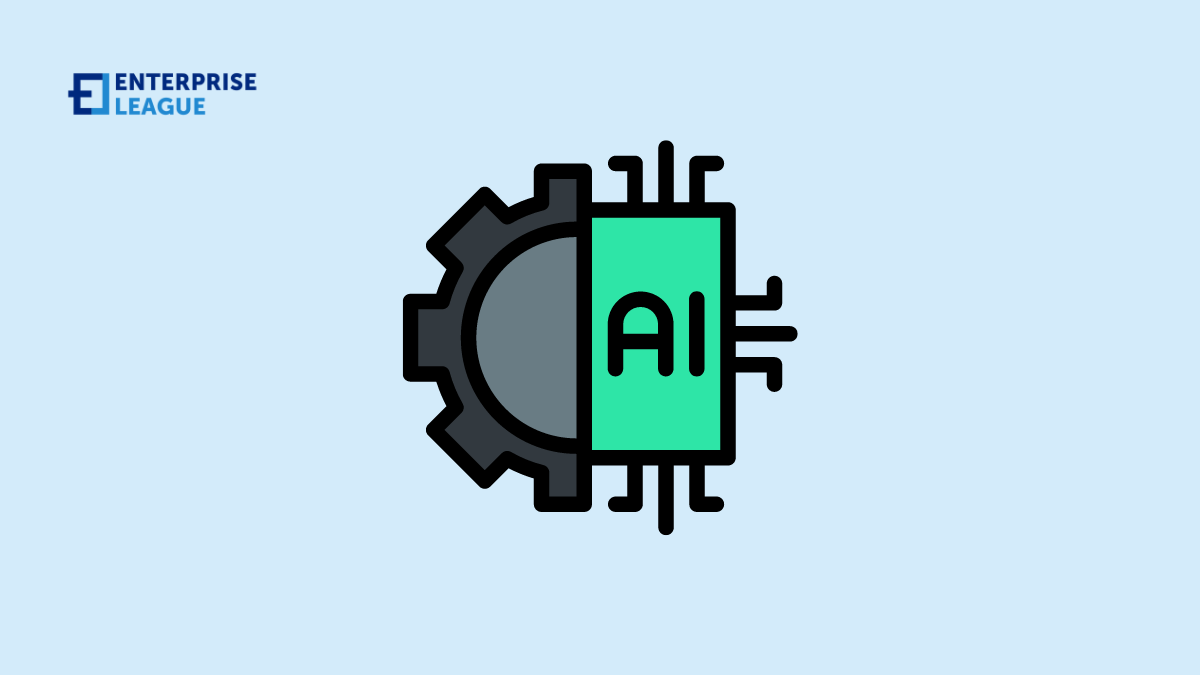AI and machine learning are revolutionizing how goods are moved and how vehicles are managed. This isn’t about robots taking the wheel (not just yet, anyway); it’s about smarter, more efficient operations that save time, cut costs, and improve safety. Let’s have a look into how these eld gps technologies are transforming fleet operations from the ground up.
The new fleet intelligence
Imagine having a fleet manager who never sleeps, eats, or takes a break, yet continuously optimizes your operations 24/7. That’s essentially what AI brings to the table. It’s like having a superhuman coordinator who can predict traffic jams, suggest optimal routes, and even forecast maintenance issues before they happen. This level of intelligence is changing the game, making fleets not just faster but smarter.
Predictive maintenance
One of the most groundbreaking impacts of AI and machine learning is in predictive maintenance. In the past, maintenance was reactive or scheduled at best, often leading to unnecessary downtime or, worse, breakdowns on the road. Now, imagine your vehicles telling you they need attention before a problem arises.
Machine learning algorithms analyze data from various sensors on the vehicle, learning from patterns and predicting issues before they occur. It’s like having a crystal ball for each truck, ensuring they’re always in top condition and rarely out of action.
Optimized routes
Routing used to be about maps, experience, and a bit of guesswork. Not anymore. AI examines countless variables in real-time—traffic conditions, weather, vehicle type, and even driver preferences—to map out the most efficient route.
It’s a dynamic process, adjusting on the fly as conditions change. This isn’t just about saving fuel; it’s about timely deliveries, happy customers, and less stress for drivers.
Enhanced safety
Safety is paramount in fleet operations, and AI is like having a guardian angel for each vehicle. Advanced driver-assistance systems (ADAS) powered by AI monitor the road and driver behavior, offering warnings or taking corrective action to prevent accidents.
Meanwhile, machine learning sifts through data to identify risk patterns, helping managers make informed decisions about training and interventions. It’s a proactive approach to safety, reducing risks and protecting lives.
Automated administration
The administrative burden of fleet management can be overwhelming. Enter AI, which automates tasks from scheduling and compliance reporting to fuel tax calculations. It’s like having an ultra-efficient assistant who never makes a mistake, freeing up human managers to focus on strategic decisions.
Smarter decisions
AI and machine learning turn data into insights. By analyzing patterns in everything from fuel consumption and idle times to delivery success rates, these technologies provide actionable intelligence.
The human Touch
Amid all this talk of AI, it’s crucial to remember the human element. AI in fleet management is not aimed at replacing people; instead, it is designed to enhance their abilities. It enables the staff to be relieved of tedious tasks, provides them with better decision-making tools, and ultimately makes their work more fulfilling.
The objective is to establish a collaborative relationship between humans and machines to attain optimal outcomes.
Conclusion
As we look to the future, the role of AI and machine learning in fleet operations is only set to grow. From predictive maintenance and optimized routing to enhanced safety and smarter decision-making, AI is not just changing the fleet operations; it’s setting a new standard for what’s possible.
More must-read stories from Enterprise League:
- What it takes to start a wholesale business from scratch?
- The only list of novels for entrepreneurs that you will ever need.
- Things to consider before deciding on a business location.
- Engaging online networking events that you should not miss.
- Learn how to deal with being proffesionally ghosted like an expert.
Related Articles
What businesses can learn from Tony the Homie viral marketing strategy
From accents to catchphrases, see how Tony the Homie turned simple neon sign videos into viral marketing gold. Real marketing tips from an unlikely expert.
Mobile tour management: Taking your brand to consumers
Let’s skip the standard marketing playbook and find out how mobile tours let you create real connections by bringing your brand right to your target audience.
Why academic writing matters: The way to better learning
Let’s discuss and find out why academic writing is crucial for developing analytical skills, organizing thoughts, and mastering complex topics in any field.
What businesses can learn from Tony the Homie viral marketing strategy
From accents to catchphrases, see how Tony the Homie turned simple neon sign videos into viral marketing gold. Real marketing tips from an unlikely expert.
Mobile tour management: Taking your brand to consumers
Let’s skip the standard marketing playbook and find out how mobile tours let you create real connections by bringing your brand right to your target audience.






